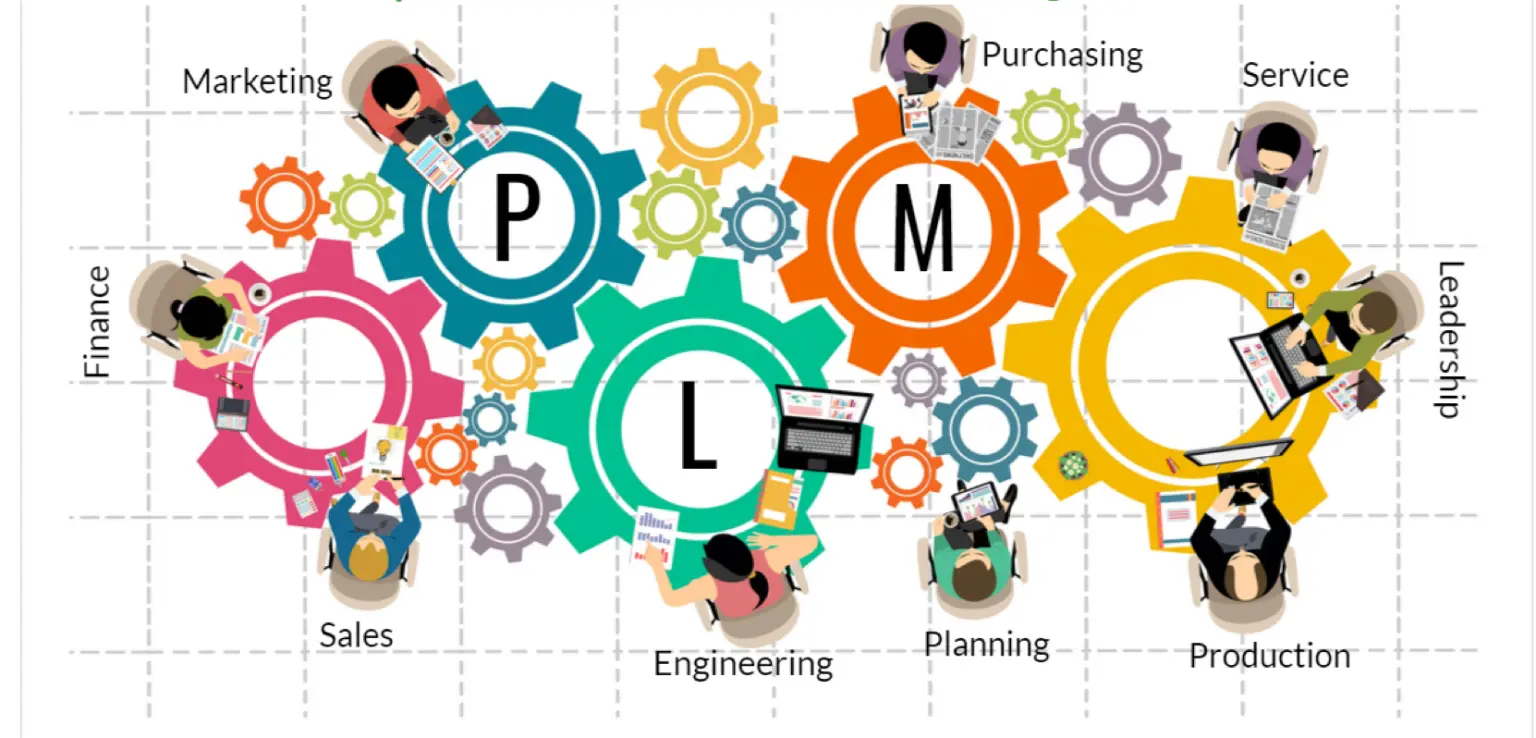Products rarely follow a straight path from idea to launch. Requirements shift, timelines move, and customer expectations change. Teams adjust constantly, but when systems can’t keep up, agility breaks down. That’s where modern PLM product lifecycle management strategies make a difference.
The right tools and processes enable teams to move faster, collaborate more effectively, and adapt to change without sacrificing control. Instead of managing product data through disconnected systems and manual processes, teams use integrated platforms to build momentum from concept through commercialization.
What Makes Product Development Slow?
Product delays usually don’t stem from design problems. They occur due to miscommunication, approval gaps, and version-control issues. Some common roadblocks include:
- Engineering teams working from different versions of CAD files
- Product managers waiting on approvals with no visibility into status
- Marketing using outdated specs for packaging and content
- Quality teams chasing down test records across multiple folders
These issues often result from legacy product lifecycle management tools built for small teams or for document storage, not for dynamic, cross-functional work.
What Agile PLM Looks Like
An agile product lifecycle management software setup is more than just a data warehouse. It’s a system that helps people work together in real time. It connects every stage of the product lifecycle, from initial planning through production and customer delivery.
Core features typically include:
- Change management workflows with automated notifications
- Integration with quality, supplier, and compliance systems
- Role-based access so the right people see the correct data
- Real-time dashboards to monitor progress and bottlenecks
- Links between product records, parts, and supporting documents
The goal is to make product development visible, traceable, and fast, even when plans change.
Scenario: Launching a Product in a Tight Window
A consumer electronics company has a narrow window to launch a new device ahead of a major trade show. Engineering is finalizing design changes. Marketing needs product specs and images for pre-launch campaigns. Supply chain teams are lining up vendors.
With a disconnected setup, each team works in its own silo. Changes don’t flow easily between departments. A packaging update doesn’t reach marketing in time. A vendor doesn’t get the latest drawings. Launch day slips.
With connected PLM software, those changes are shared instantly. Marketing sees updates as soon as engineering finalizes specs. Compliance teams get alerts for required documentation. Sourcing works from the exact part numbers. Instead of rushing to catch up, teams move together.
Benefits of Agile Product Lifecycle Management
1. Faster Change Execution
When a change request is submitted, it automatically routes to the right people. Each person sees what’s affected and what needs to happen next. That reduces back-and-forth and keeps changes moving.
2. Better Visibility Across Teams
Dashboards show where things stand: open actions, approvals pending, and blockers. Leadership can spot delays before they affect launch dates.
3. Clearer Version Control
Instead of checking multiple files or chasing someone for the “latest,” users always work from the current record. This reduces errors and rework.
4. Stronger Collaboration
Engineering, quality, compliance, and marketing all work in the same environment. They see updates as they happen and respond without switching tools.
5. Scalable Processes
As product lines grow, processes stay repeatable. Teams can clone workflows, reuse templates, and apply best practices across different launches.
How to Modernize Your PLM Approach
You don’t need to rip out your entire system overnight. Start by looking at key friction points:
- Do changes get stuck in long email chains?
- Are marketing and commercial teams often out of sync?
- Is your quality process disconnected from product development?
- Do suppliers work from outdated documents or drawings?
These signs suggest your PLM setup is more reactive than responsive.
Modern PLM software helps unify these efforts. By connecting product records with quality workflows, supplier information, and go-to-market tasks, you turn product development into a shared, end-to-end process.
What to Look for in a PLM Solution
When evaluating platforms, focus on usability and flexibility. Key questions include:
- Can the system adapt to your workflows without custom code?
- Is it easy for non-engineering teams to access and use?
- Does it integrate with your existing quality and compliance systems?
- Can it handle fast-paced change without bottlenecks?
- Is the interface simple enough to keep adoption high?
The best tools don’t just store information; they make collaboration across functions easier.
Conclusion
Modern product teams can’t afford to be slow or disjointed. With the right PLM software, teams adapt quickly, execute with confidence, and launch faster, even when plans change midstream.


